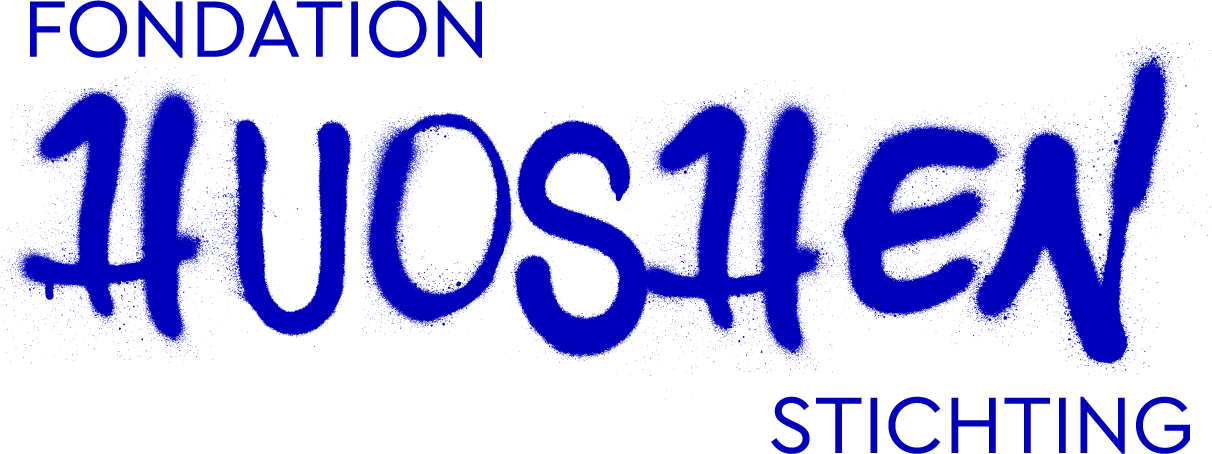Body awareness
Body awareness is crucial in the learning process; you start from the body, from physical sensations, as a gateway to self-awareness and self-knowledge. After all, the body speaks for itself, says more than words, and what is more, the body does not lie. Therefore, body awareness can create a space for discovering one’s inner power and strengths, but also weaknesses and limitations.
A movement does not lie. Whenever people move, they will always experience something, and it’s a very direct experience. So you also can’t rationally say, “I haven’t felt anything”, or “I’ve not really experienced something “, whether in a game of Chinese boxing, or another physical game. While, if you work verbally, you can always tell a story around it, you can deceive yourself, mentally. In the movement this is not possible. So you are really confronted with a number of things, whether you like it or not. And then you can start reflecting on this together. (Master trainer rock and Water)
We always immediately start the sessions with some physical exercise, to connect with the body. Because those guys very often are stuck in their heads. And then we begin just with ‘standing strong’. We give them five tips. Everything starts with stress, your body is under pressure, and if you then respond to a difficult situation, you are definitely going to respond wrongly. You might even explode. This is also our first game. We hold a balloon in front of their face and tell them we are going to prick it so the balloon explodes very close to their face, but don’t tell them when. They really are experiencing high stress then. And after the exercise we ask: ”Have you felt where the stress enters your body?” Then you really cannot but experience where stress show itself in your body. And from then on, you know it for yourself. For me, it is for example in my shoulders, my breathing gets high, my heart rate goes up, jitters in my abdomen, that’s it. And then we start working with these sensations, in order to tackle stress, be ahead of it. We learn them to breathe properly. Because self-control comes out of that relaxation. And we let all the themes in the course rely on this experience. So we start physically to also stand strong mentally. (Rock and Water trainer)
All this technical stuff of boxing, that essentially is pure body language, body awareness. You cannot study it in books, nor can you measure it ; you have to experience it, feel it. Each partner is different, so you need to gain that experience. That is why we also change a lot of partners. A typical warm-up game is, touching the back of the shoulders of the partner starting from the boxing position. By doing so you create a good sense of distance. And that is different every time. (boxing trainer)
I have a feeling that if it is active, a challenge, you will quicker come to a point that you can link the experience to daily life. For example, if you need to climb a mountain, it is often the case that you are physically tired, and that can directly be linked to experiences or moments that you’ve encountered in your life. I think, the more physical, the faster you come to conclusions about yourself, about your own performance. (Experiential learning-youth worker)
In addition, physical activity, working with the body, naturally brings you in a different mindset.
The body is actually the only tangible that there is. You have your thoughts, which you can’t really grasp, but to everything you think, your body reacts. Inside your body, there is a constant movement, reaction on emotions and thoughts. By literally going in motion, you answer to your emotions and thoughts, so to speak. This can also be done through relaxation starting from concentration. But you can relax starting from movement too. Your mind becomes more empty, so the tension doesn’t build up inside, because if you think think think, that builds up in your body. The body is emotions; take the body away and you have no emotions. And therefore, when you move, it is like a circulation that sets in motion. And when you leave the session, then your negative thoughts and feelings are more at the background. Sometimes, you have to come out of your head, and the best way to do this is with your body. Because those two do not go together, you can’t seriously be thinking hard in the movement. (Dance therapist)
Of course, there will always be youth for whom working with the body does not really work. For others who are completely out of touch with their bodies, it takes more time, but it is still an option to start from the body, be it from very ‘neutral’ body parts.
I work a lot with trauma and cancer patients, for whom the body is something very menacing. For those youth, I check first if there is a willingness and ability to work with the body. Take for instance abused refugees. For them, the body has really suffered intensely. Then I always first give them tools outside of the body, tools that are safe. For example we start from the fingers and feet, or hands, rather neutral body parts, and from contact with the ground. So they don’t have to go inside, until they can, are ready for it . […] For me, mindfulness really starts from the body, from body consciousness. And from the understanding that attention in your body, body awareness, that this triggers the actual healing processes. (Youth mindfulness trainer)



